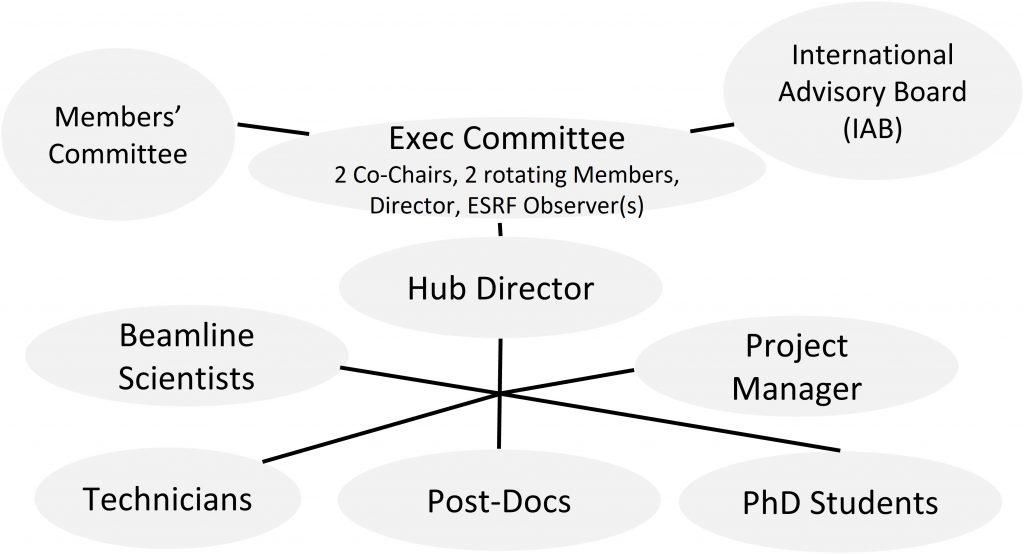HOAHub Scope
- Studies in HOAHub should focus on Human Organs.
- There is no restriction on types of human organs.
- Animal organs may be included for validation, comparison, or other scientific or biomedical reasons, but must comprise a minority of the scan time.
- Studies in HOAHub should ideally be hierarchical in nature (e.g. large whole organ scans with localised zooms) to take advantage of HiP-CT technology.
- Studies should aim at adding greatest benefits to HOAHub (e.g. adding data to Human Organ Atlas, making the whole of consortium greater than sum of the parts).
- Primary samples need to be greater than ca. 3cm in all dimensions. (Biopsy or small portions for zooms can be included for hierarchical studies, but must comprise a minority of the scan time. (Note, smaller samples may be scanned at other beamlines, e.g. SLS TOMCAT, DLS I13, APS 2-BM, or responsive mode proposals to ESRF BM05).
- Studies involving significant developments such as dynamic imaging such as flow, mechanics and electrical should be done via responsive or LTP modes, and only considered for the HOAHub once more established.
- Please get in touch via hoahubesrf@gmail.com if you have any questions.
Overall Governance
The governance model of the HOAHub is set out below. The model aims to provide an effective and agile decision making core, (Executive Committee, EC), with scientific and technical input from the group of members (Members’ Committee, MC). The objective performance of the HOAHub is ensured by an independent Steering Committee (SC). European Synchrotron Radiation Facility (ESRF) will act as Observers and provide factual information but will not participate in governance through voting. The HOAHub is supported by a beamline scientist and portions of an organ technician, optics technician, algorithms developer and data engineer at ESRF. These staff are key to the success of the hub, and are currently funded by a Chan Zuckerberg Initiative-University College London-ESRF-University Hospital Aachen (CZI-UCL-ESRF-Aachen) grant. All members are committed to trying to find funding to sustain these roles, as appropriate, for continued HOAHub operation. The HOAHub Director will act as a co-ordinator of the scientific activities that are decided upon through the Members’ and Executive Committees. A lead CZI-funded Postdoctoral Research Fellow based at ESRF will work with the Beamline Scientist, both helping the Director to coordinate science. A Project Manager will support the Co-Chairs and Director.
Please refer to our Terms of Reference for detailed definitions of different roles in the HOAHub.
 Close
Close


